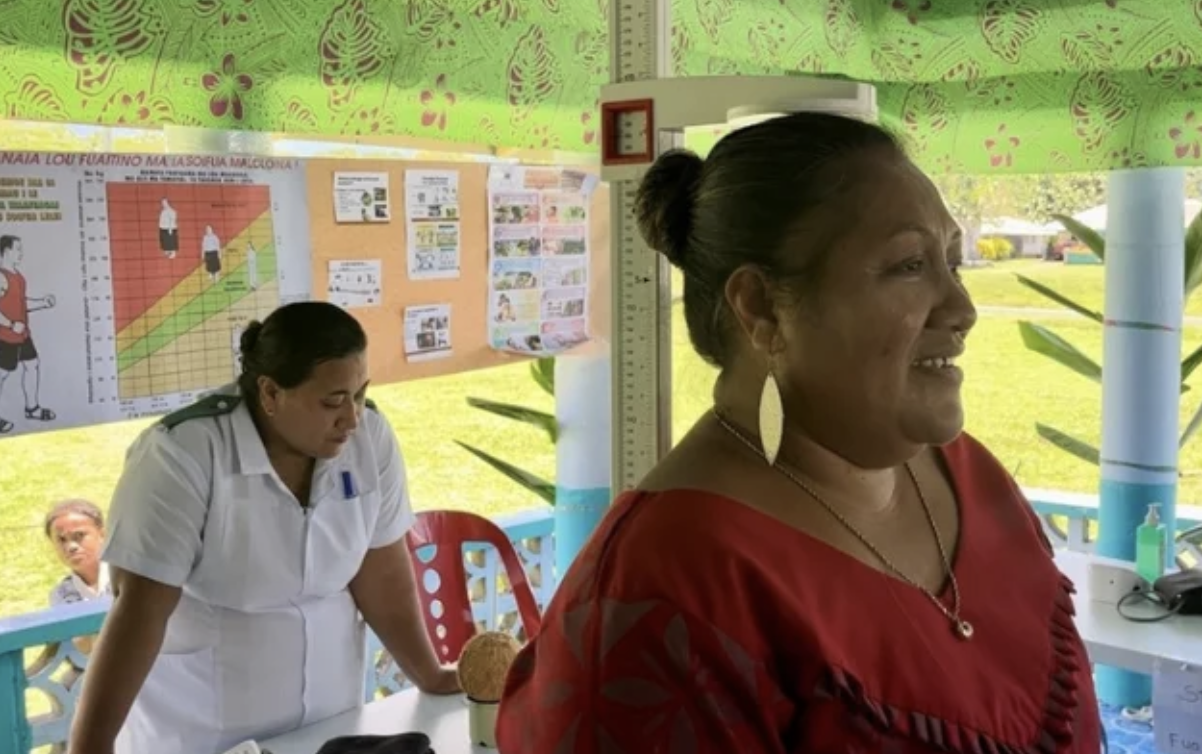Kiribati is a lower middle-income Pacific Island country with an estimated population of 128.9. Increased public revenue in recent years has led to a strong growth in gross national income per capita. However, human development indicators remain relatively low. Annual health expenditure in Kiribati increased by 7% percent in the period 2008-2018 while per capita spending has declined. The COVID-19 impact likely posed a risk to some of the health gains made in recent years[1].
A historically shaped and publicly funded health system
Government health policy priorities
These objectives include prioritizing mortality and morbidity related to NCDs; maternal and child health; communicable diseases including tuberculosis, leprosy and other emerging diseases; as well as other challenges for the health system.
References
[1] Workie, Netsanet Walelign. Project Information Document – Kiribati Health Systems Strengthening Project – P176306 (English). Washington, DC: World Bank Group

